Roy Lichtenstein: The Pop Phenomenon
Lichtenstein was the artist who introduced a new language appropriate for the American way of life.
Major Pop Art figure Roy Lichtenstein wasn’t on the same wavelength as the traditional museum-type art of his time. What this American artist, like Andy Warhol, yearned to do was to completely break with academic approaches to art. Throughout his life, his primary materials were everyday objects, and by drawing inspiration from advertisements and 1950s comics, he constructed a body of work that managed to completely stand out.
Back in the 1960s United States, the concepts of mass civilization and consumer society were born. Life was comfy and the lifestyles of the so-called working classes were improving. Everybody dreamed of having beautiful houses, the latest accessories and attaining an ideal of physical beauty. Well, almost everybody. Young avant-garde artists took a dim view of the growing aggressiveness in big American cities and condemned the rampant new urge to consume for the sake of consuming. This was notably the case of Richard Hamilton and the leaders of Pop Art, a movement born in reaction to Abstract Expressionism, and in which Roy Lichtenstein found his niche. He once stated that Pop Art was "not 'American' painting but actually industrial painting."
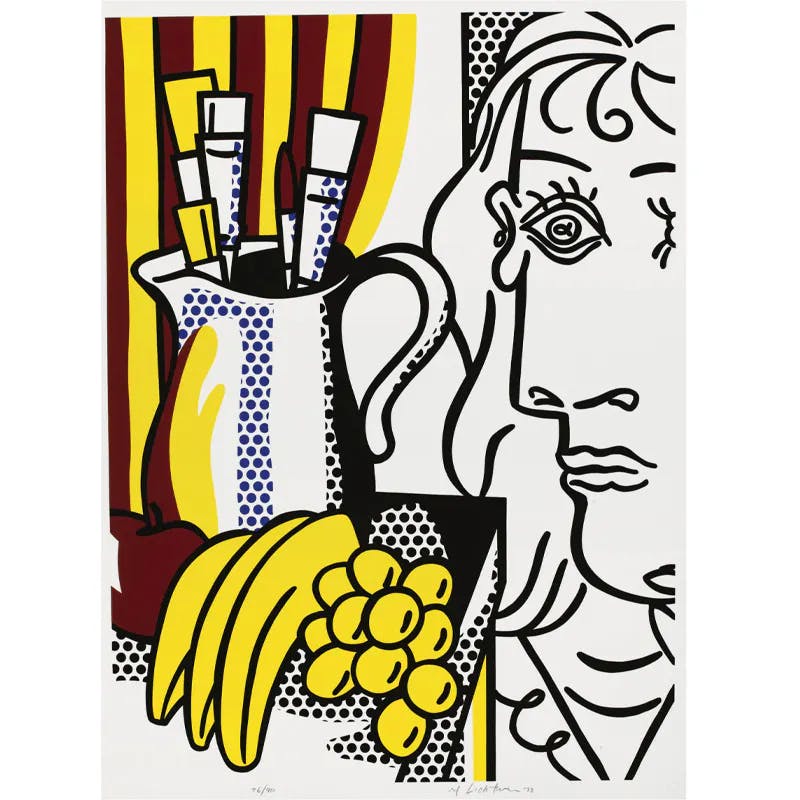
Born in Manhattan in 1923 into a well-off Jewish family originating from Germany, Lichtenstein had a privileged childhood. Early on, he developed passions for art, design and music: passions that he would keep for life, even during World War II when he served in the army in Europe. Upon his return home, Lichtenstein resumed his university studies in Ohio and taught drawing before moving, after his studies, with his wife to Cleveland and later New Jersey.
Related: Andy Warhol: The Pope of Pop
When he wasn’t teaching, Lichtenstein would paint and exhibit his works, largely inspired by Cubism. It wasn’t until the early 1960s that his works began to hijack other images, and veer towards Pop Art, whose precursors (Claes Oldenburg, Jim Dine and James Rosenquist) would often meet up at Leo Castelli’s gallery on the Upper East Side.
Related: James Rosenquist: A Pioneer Pop Artist
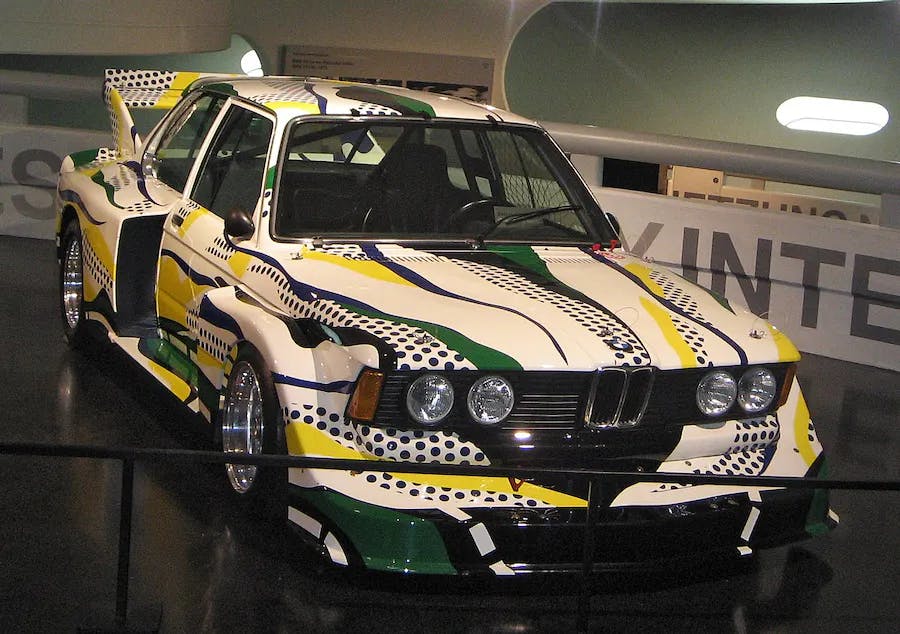
Lichtenstein played with the founding myths behind the American way of life, creating works that used irony to point out the banality of everyday objects. Despite a semblance of light-heartedness, as in Tire (1962), or references to well-known characters like Popeye, Dick Tracy and Walt Disney heroes, Lichtenstein openly ridiculed the flaws of human behavior.
In 1963, Lichenstein moved back to New York and embarked on a series of works inspired by the universe of DC Comics. His first triumphs followed, his renown boosted by works such as Whaam! and Drowning Girl, whose graphic style recalls the big wave by Japanese wood engraver Katsushika Hokusai. Despite the press’ doubts about his desire to hitch up the status of comics (Life went as far as wondering if he wasn’t “one of the worst artists in America” in 1964), the general public loved him – as did Andy Warhol.
Related: Jean-Michel Basquiat: The Radiant Child
Now able to live off his painting, Lichtenstein gave birth to his own style that combined thick lines, flashy colors, a deliberate absence of depth, and ‘benday’ dot backgrounds borrowed from printing techniques. Later on, he would go on to try out ceramics, ornamental painting, printmaking, as well as trompe-l’œil still lifes and sculpture, with varying degrees of success.
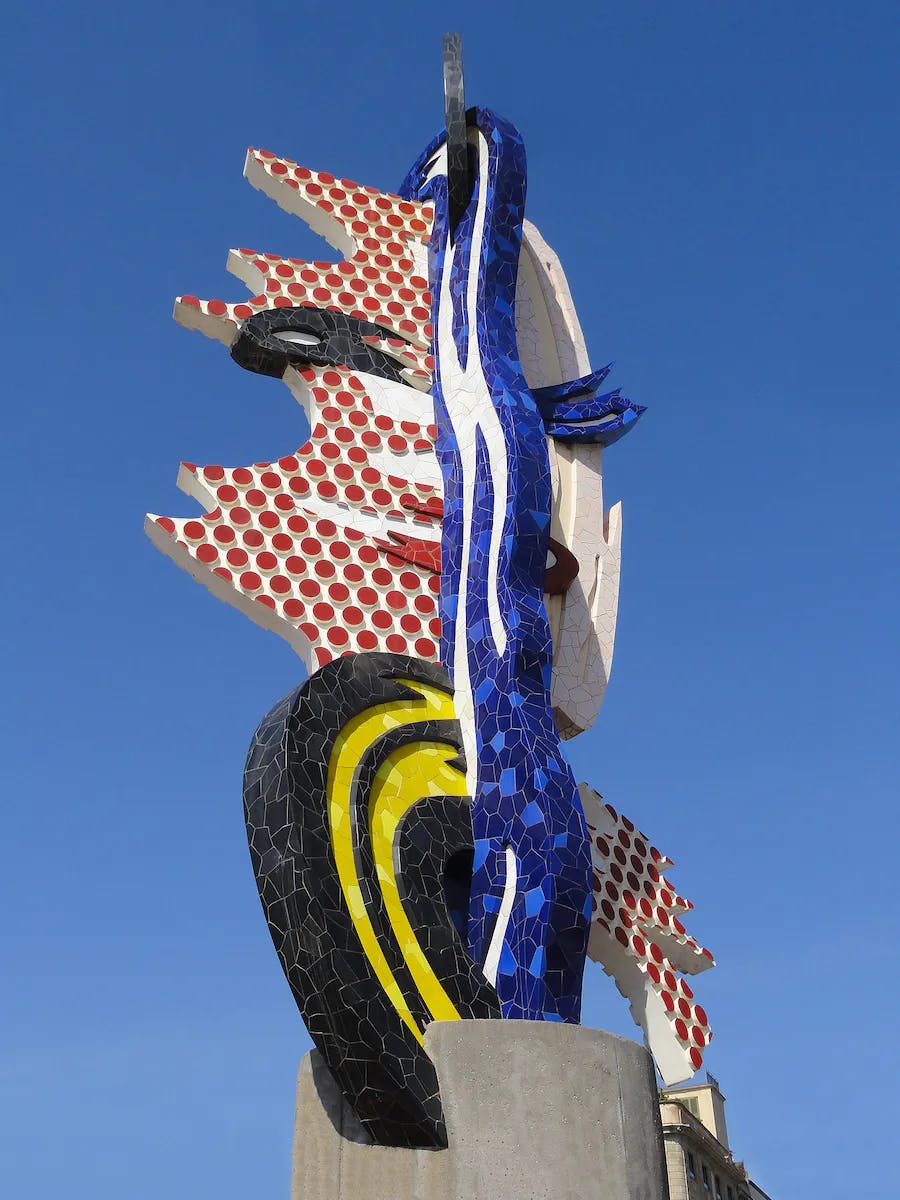
Elected a member of the prestigious American Academy of Arts and Sciences (1979), he made sculptures towards the end of his life, for example El Cap de Barcelona for the Barcelona Olympics in 1992. He also produced a series of landscapes that made allusions to traditional Chinese paintings and the Zen movement.
Related: Farewell to Claes Oldenburg: King of Monumental Sculptures
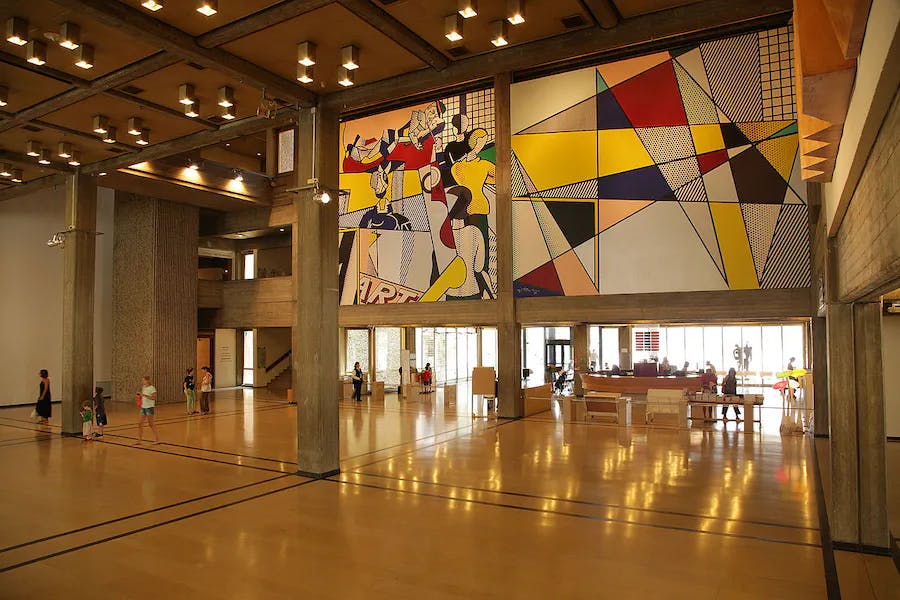
Roy Lichtenstein died in 1997, but he remains a central Pop Art figure. His works – often products of artistic appropriation, and always wearing a veil of contrived innocence – are back in favor, as demonstrated by the homages paid to him in recent years by major art institutions, including the Art Institute of Chicago and Tate Modern in London.
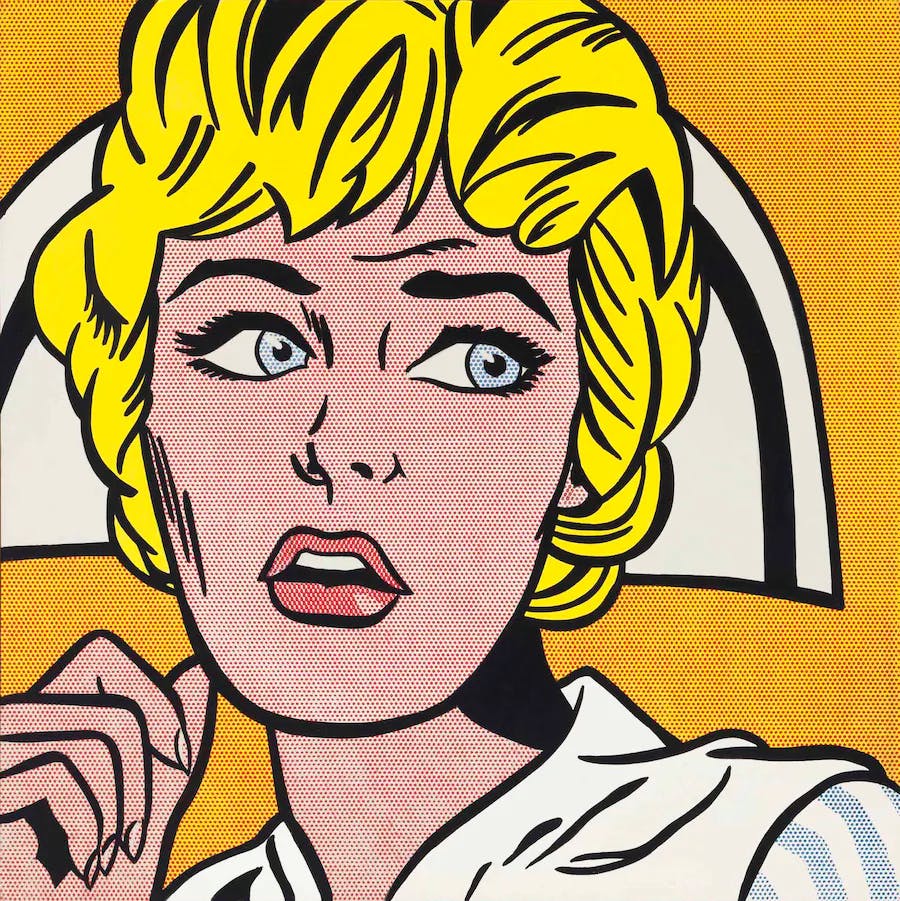
About 4,500 of Lichtenstein’s works are found worldwide. They also fetch sky-high prices at auction, with many reaching into the eight-figure range. His record was set in 2015 when Nurse sold for $95.3 million at Christie's.
Find more artist biographies on Barnebys Magazine
This is an updated version of the article originally published in 2020.


